Home>Garden Essentials>What Type Of Soil Mix To Use For Raised Beds
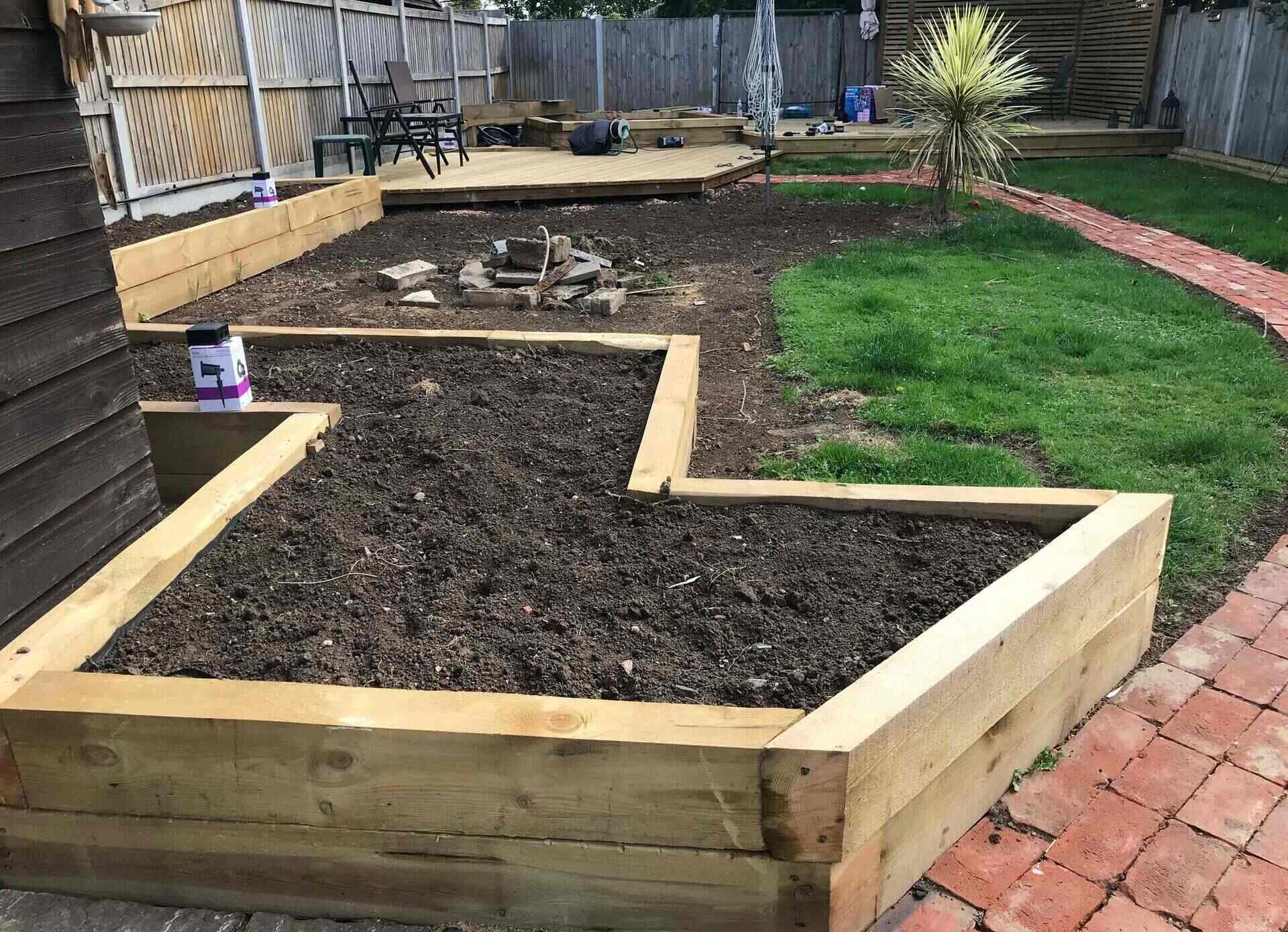

Garden Essentials
What Type Of Soil Mix To Use For Raised Beds
Modified: March 15, 2024
Discover the perfect soil mix for your raised garden beds. Learn which type of soil will maximize your garden's potential and yield healthy, vibrant plants.
(Many of the links in this article redirect to a specific reviewed product. Your purchase of these products through affiliate links helps to generate commission for Storables.com, at no extra cost. Learn more)
Introduction
Welcome to our comprehensive guide on choosing the right soil mix for your raised beds. Whether you’re a seasoned gardener or just starting out, understanding the importance of soil composition is crucial for the success of your plants. Raised beds offer numerous advantages for gardeners, providing improved drainage, better soil structure, and easier weed control. However, to fully harness these benefits, it’s important to select a soil mix that meets the specific needs of your plants.
In this article, we will explore the key factors to consider when choosing a soil mix for raised beds, the components of an ideal soil mix, different types of soil mixes available, and how to prepare and amend your soil mix to optimize its fertility. By the end of this guide, you will have the knowledge and confidence to create the perfect growing environment for your plants in your raised beds.
Whether you are growing vegetables, flowers, or herbs, choosing the right soil mix is essential for providing the necessary nutrients, water retention, and aeration. Additionally, the soil mix should promote healthy root development and be free from pests, diseases, and weed seeds.
Without further ado, let’s dive into the world of soil mixes for raised beds and discover how to ensure your plants thrive in their elevated growing space.
Key Takeaways:
- Choose a soil mix for raised beds based on your plants’ needs, soil structure, nutrient content, pH level, water retention, aeration, and cost. Customizing the mix creates an optimal growing environment for healthy plants.
- Prepare and amend your soil mix by clearing the area, constructing raised beds, adding organic matter and amendments, and testing pH and nutrient levels. Regular monitoring and adjustments ensure ideal conditions for plant growth.
Read more: What Soil To Use For Raised Garden Beds
Benefits of Raised Beds
Raised beds offer a multitude of benefits for gardeners and are becoming increasingly popular in both small-scale and larger-scale gardening projects. Here are some of the key advantages of using raised beds:
- Improved Drainage: One of the main advantages of raised beds is their excellent drainage. The elevated design allows excess water to drain freely, preventing waterlogged soil that can lead to root rot and other water-related issues.
- Better Soil Structure: Raised beds allow for better control over the soil structure. By using a customized soil mix, you can ensure that the soil is loose, well-drained, and nutrient-rich. This promotes healthy root development and provides an optimal environment for plants to thrive.
- Easier Weed Control: Raised beds make it easier to control weeds. The defined boundaries of the beds create a clear distinction between the growing area and the surrounding soil, making it easier to target and remove unwanted weeds. Additionally, the improved soil quality in raised beds helps to suppress weed growth.
- Extended Growing Season: Raised beds warm up faster in the spring, allowing you to start planting earlier in the season. The elevated design also improves air circulation around the plants, reducing the risk of frost damage.
- Accessibility: The raised height of the beds makes gardening more accessible for individuals with physical limitations, such as those who struggle with bending or kneeling. This allows more people to enjoy the benefits of gardening and participate in the joy of growing their own food.
- Better Pest Control: Raised beds can offer better protection against common garden pests. The raised height makes it more difficult for pests to access the plants, and adding a physical barrier, such as a mesh cover, can further deter pests. Additionally, if pests do manage to infiltrate the raised beds, they are easier to spot and control.
These benefits highlight why raised beds are an excellent choice for any gardener looking to optimize their growing space. The advantages of improved drainage, better soil structure, easier weed control, extended growing season, accessibility, and better pest control make raised beds a valuable addition to any garden.
Factors to Consider in Choosing Soil Mix for Raised Beds
When selecting a soil mix for your raised beds, it’s important to consider several factors that will ensure the optimal growth of your plants. By taking these factors into account, you can create a soil mix that provides the necessary nutrients, aeration, and moisture retention for your specific plants and gardening goals. Here are the key factors to consider:
- Plant Requirements: Different plants have different soil requirements. Some prefer well-draining soil, while others thrive in moisture-retentive soil. Consider the specific needs of the plants you intend to grow in your raised beds and choose a soil mix that aligns with those requirements.
- Soil Structure: The structure of the soil mix is crucial for root development and water movement. It should be loose and friable, allowing roots to penetrate easily and enabling water to flow through without becoming waterlogged. Avoid using heavy clay soils or compacted soils in your raised beds.
- Nutrient Content: The soil mix should be rich in essential nutrients that support plant growth. Essential nutrients include nitrogen, phosphorus, potassium, as well as micronutrients like iron, calcium, and magnesium. Look for soil mixes that include organic matter such as compost or well-rotted manure, as these materials provide a natural source of nutrients.
- pH Level: The pH level of the soil mix is important because it affects the availability of nutrients to plants. Most vegetables and flowers prefer a slightly acidic to neutral pH range, around 6.0-7.0. Test the pH level of your soil mix and adjust it if necessary using pH amendments like lime or sulfur.
- Water Retention: The soil mix should have adequate water retention capacity to ensure that plants receive enough moisture between waterings. Look for soil mixes with good moisture-holding capacity, but make sure they don’t become waterlogged.
- Aeration: Adequate aeration is essential for healthy root growth. The soil mix should be well-drained and allow air to reach the roots. Avoid using heavy clay soils that can become compacted and restrict airflow.
- Cost and Availability: Consider the cost and availability of the soil mix in your area. Some garden centers or nurseries may offer pre-mixed soil blends specifically designed for raised beds, while others may require you to create your own custom mix using individual components.
By evaluating these factors and selecting a soil mix that addresses the specific needs of your plants, you can create optimal growing conditions in your raised beds. This will lay the foundation for healthy, vibrant plants and a bountiful harvest.
Components of an Ideal Soil Mix for Raised Beds
An ideal soil mix for raised beds should provide a balanced combination of nutrients, good drainage, aeration, and moisture retention. By understanding the components that make up an ideal soil mix, you can create the perfect growing environment for your plants. Here are the key components to include in your soil mix:
- Loam or Topsoil: Start with a base of loam or topsoil, which provides a foundation of mineral-rich soil. Loam is a mixture of sand, silt, and clay, creating a well-balanced soil texture. A good-quality loam or topsoil will provide a stable structure for the other components in the soil mix.
- Compost: Incorporate compost into your soil mix to improve soil fertility and nutrient content. Compost is rich in organic matter, which helps retain moisture and provides a slow-release source of nutrients for plants. Aim to add a generous amount of compost, around 20-30% by volume, to enrich your soil mix.
- Peat Moss or Coco Coir: Adding peat moss or coco coir can improve moisture retention in the soil mix. These organic materials absorb and hold onto water, preventing the soil from drying out too quickly. They also help improve soil structure and aeration. Aim to add around 10-20% by volume of peat moss or coco coir.
- Vermiculite or Perlite: Vermiculite or perlite can be added to the soil mix to improve drainage and aeration. These materials help create air pockets in the soil, allowing roots to access oxygen and preventing waterlogging. Add around 10-20% by volume of vermiculite or perlite to your soil mix.
- Organic Amendments: Consider incorporating additional organic amendments such as well-rotted manure, leaf mold, or composted bark fines. These amendments enhance the soil texture, improve water-holding capacity, and add valuable nutrients. Use around 10-20% by volume of organic amendments, depending on their nutrient content.
- Mineral Amendments: Consider adding mineral amendments to address specific nutrient deficiencies in your soil or adjust the pH level. Common mineral amendments include lime to raise pH (for acidic soils) and sulfur to lower pH (for alkaline soils). Test your soil’s pH and nutrient levels to determine if mineral amendments are needed.
These components work together to create a well-balanced soil mix for your raised beds. The loam or topsoil provides the base structure, while compost, peat moss or coco coir, vermiculite or perlite, and organic and mineral amendments contribute to nutrient content, water retention, drainage, and pH balance.
Remember to thoroughly mix the components together to create a uniform soil mix before filling your raised beds. This will ensure that your plants receive the best possible growing environment, promoting healthy root development and overall plant vigor.
When creating a soil mix for raised beds, use a combination of topsoil, compost, and organic matter like peat moss or coconut coir. This will provide good drainage and nutrients for your plants.
Different Types of Soil Mixes for Raised Beds
There are various types of soil mixes available for raised beds, each tailored to meet different gardening needs and plant preferences. Understanding the characteristics of these soil mixes will help you choose the most suitable one for your specific gardening goals. Here are some common types of soil mixes for raised beds:
- General Purpose Soil Mix: This is a versatile soil mix that works well for a wide range of plants. It typically consists of a balanced blend of loam, compost, and organic matter. General-purpose soil mixes provide good drainage, moisture retention, and nutrient content, making them suitable for growing vegetables, flowers, and herbs.
- Container Mix: Container mixes are specifically formulated for container gardening, but they can also be used in raised beds. These mixes are lighter in weight and offer excellent drainage and aeration. Container mixes often contain a combination of peat moss, perlite, vermiculite, and compost. They are ideal for plants that prefer well-drained soil, such as succulents or Mediterranean herbs.
- Seed Starting Mix: Seed starting mixes are lightweight and fine-textured, allowing for optimal germination and seedling growth. They typically consist of peat moss, vermiculite, and perlite, which provide high moisture retention and aeration. Seed starting mixes are best used for starting seeds indoors or in a greenhouse before transplanting seedlings to raised beds.
- Customized Mix: Many gardeners prefer to create their own customized soil mix based on their specific gardening needs. Customized mixes often start with a base of loam or topsoil and then incorporate various organic amendments such as compost, aged manure, and specific mineral amendments based on soil test results. Creating a customized mix allows you to tailor the soil composition to the specific requirements of your plants.
- No-Dig or Lasagna Mix: No-dig or Lasagna gardening involves layering organic materials directly on top of the existing ground instead of digging into the soil. This approach creates a soil mix over time as the organic materials break down and decompose. The layers often include compost, straw, leaves, and other organic matter. No-dig or Lasagna mixes are low-maintenance and promote healthy soil biology, making them a sustainable option for raised beds.
When choosing a soil mix for your raised beds, consider the specific needs of your plants, your gardening style, and your preferences. Whether you opt for a ready-made mix or create your own, ensure that it provides adequate drainage, moisture retention, nutrient content, and aeration. Remember to take into account factors such as water requirements, preferred pH levels, and specific nutrient needs of the plants you will be growing.
Experimenting with different soil mixes can also be a valuable learning experience, allowing you to determine which mix works best for your particular gardening endeavors. Ultimately, the right soil mix will provide the foundation for healthy and thriving plants in your raised beds.
Read more: What Type Soil Mix For Lavender
Preparing and Amending Soil Mix for Raised Beds
Preparing and amending your soil mix for raised beds is a crucial step in creating an ideal growing environment for your plants. By taking the time to prepare and amend the soil, you can ensure that it is nutrient-rich, well-draining, and properly balanced. Here are the key steps to follow:
- Clear the Area: Begin by clearing the area where your raised beds will be located. Remove any existing vegetation, rocks, or debris to create a clean slate for your gardening project.
- Choose the Right Location: Select a suitable location for your raised beds. Ensure that it receives adequate sunlight and is easily accessible for watering and maintenance. Avoid areas that are prone to flooding or have poor drainage.
- Construct the Raised Beds: Build or assemble your raised beds according to your desired dimensions and materials. Popular options include wooden frames, cinder blocks, or even repurposed materials like old containers or tires. Make sure the raised beds have sufficient depth to accommodate the root systems of the plants you plan to grow.
- Remove Sod and Weeds: If your raised bed area has existing grass or weeds, remove them by hand or use a sod cutter. You want to remove as much of the vegetation as possible to prevent it from regrowing and competing with your plants.
- Loosen the Soil: Use a garden fork or a tiller to loosen the existing soil beneath the raised beds. This step is essential for improving drainage and allowing the roots to penetrate freely. Break up any compacted soil and remove large rocks or roots.
- Add Organic Matter: Incorporate organic matter, such as compost, into the existing soil. Organic matter improves soil fertility, drainage, and water-holding capacity. Spread a layer of compost evenly over the loosened soil and use a garden fork or shovel to mix it in thoroughly.
- Adjust pH and Nutrient Levels: Test the pH level and nutrient content of your soil mix. Use a soil testing kit or send a sample to a local agricultural extension service for analysis. Based on the test results, adjust the pH level if needed by adding lime to raise it or sulfur to lower it. Similarly, add soil amendments as necessary to correct any nutrient deficiencies.
- Additional Amendments: Depending on your soil’s composition and the specific needs of your plants, you may need to add additional amendments. This could include materials like vermiculite or perlite to improve drainage or organic fertilizers to provide a nutrient boost.
- Mix Thoroughly: After adding amendments, thoroughly mix the soil to ensure even distribution of nutrients and amendments. Use a garden fork or shovel to blend everything together until you have a uniform soil mix throughout the raised beds.
- Water and Allow to Settle: Once your soil mix is prepared, lightly water the raised beds to help settle the soil. This will prevent excessive settling after planting and ensure that the soil is evenly saturated.
By following these steps, you can prepare and amend your soil mix to promote healthy plant growth in your raised beds. Remember to periodically monitor the soil moisture and nutrient levels throughout the growing season and make any necessary adjustments to maintain optimal conditions for your plants.
Conclusion
Congratulations! You’ve reached the end of our comprehensive guide on choosing the right soil mix for your raised beds. By understanding the benefits of raised beds, the factors to consider in choosing a soil mix, the components of an ideal soil mix, and the different types of soil mixes available, you are now equipped with the knowledge to create the perfect growing environment for your plants.
Raised beds offer numerous advantages, including improved drainage, better soil structure, easier weed control, extended growing seasons, accessibility, and better pest control. By utilizing these benefits and choosing the right soil mix, you can create an optimal growing space for a variety of plants.
When selecting a soil mix for your raised beds, consider the specific needs of your plants, such as their drainage requirements, pH preferences, and nutrient needs. Balance these requirements with factors like water retention, aeration, and cost to find the perfect soil mix for your gardening goals.
Ensure that your soil mix includes key components like loam or topsoil, compost, organic matter, and moisture-retentive materials like peat moss or coco coir. Additional amendments such as vermiculite or perlite can improve drainage and aeration. Customizing your soil mix allows you to tailor it to the specific needs of your plants and gardening style.
Preparation and amendment of your soil mix is essential for creating an ideal growing environment. Clearing the area, constructing the raised beds, and incorporating organic matter and amendments are vital steps to ensure healthy root development and proper nutrient uptake.
Remember to periodically test the pH and nutrient levels of your soil mix and make necessary adjustments throughout the growing season to maintain optimal conditions for your plants.
With the right soil mix, your raised beds will provide a productive and thriving space for your plants, allowing you to enjoy the rewards of a bountiful harvest and a beautiful garden.
So go ahead, get your hands dirty, and start creating your perfect soil mix for raised beds. Happy gardening!
Frequently Asked Questions about What Type Of Soil Mix To Use For Raised Beds
Was this page helpful?
At Storables.com, we guarantee accurate and reliable information. Our content, validated by Expert Board Contributors, is crafted following stringent Editorial Policies. We're committed to providing you with well-researched, expert-backed insights for all your informational needs.
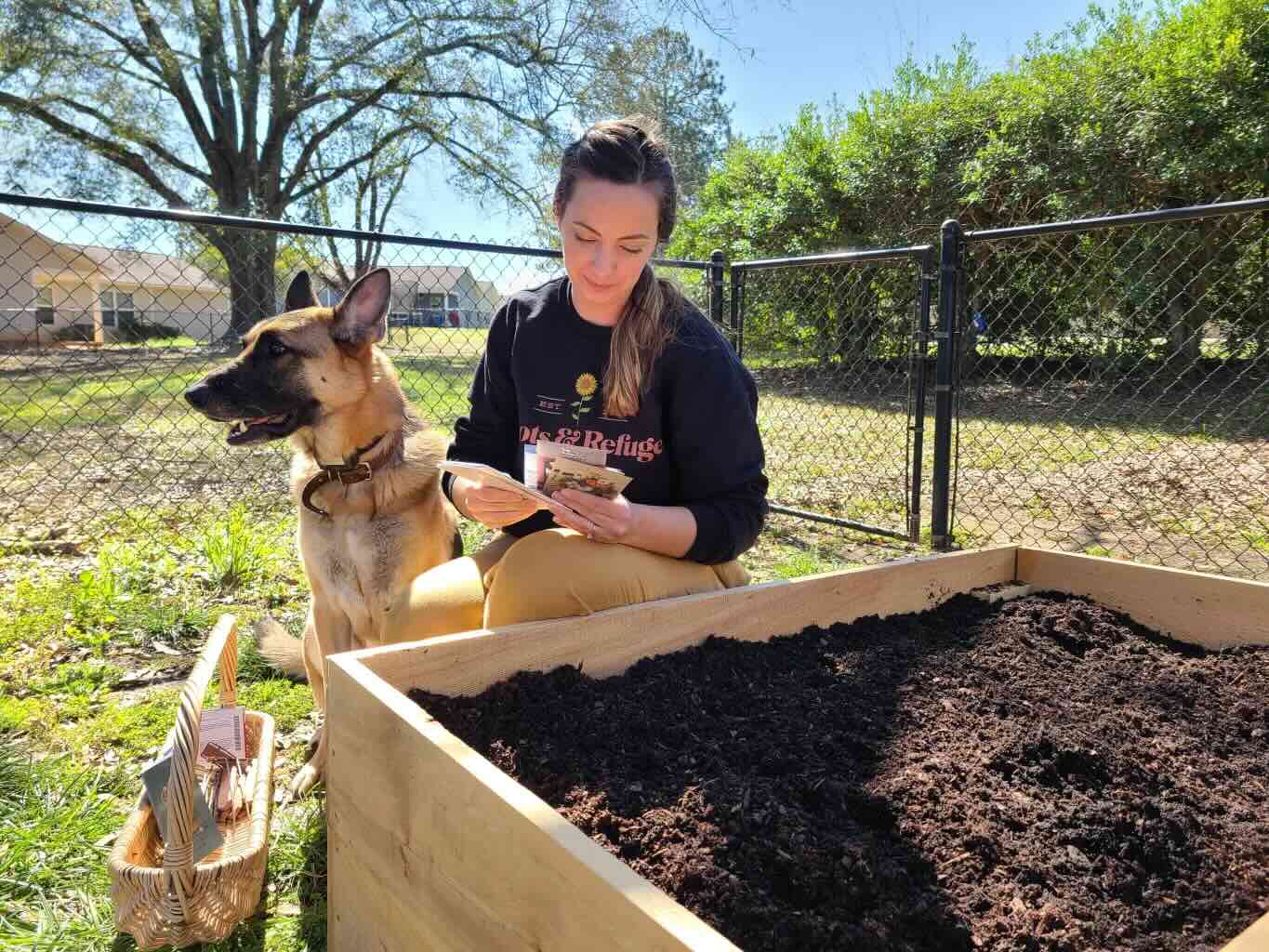
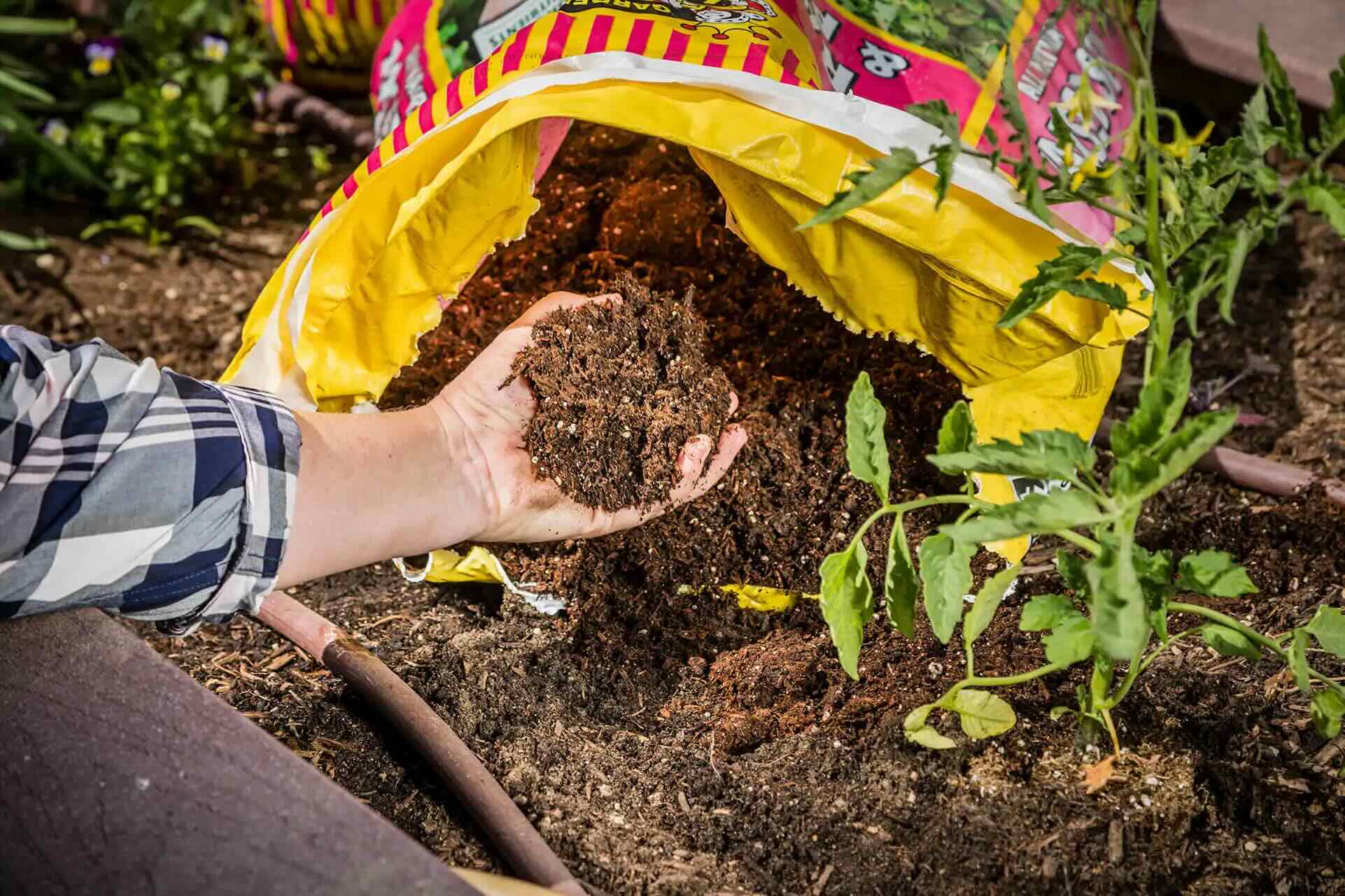
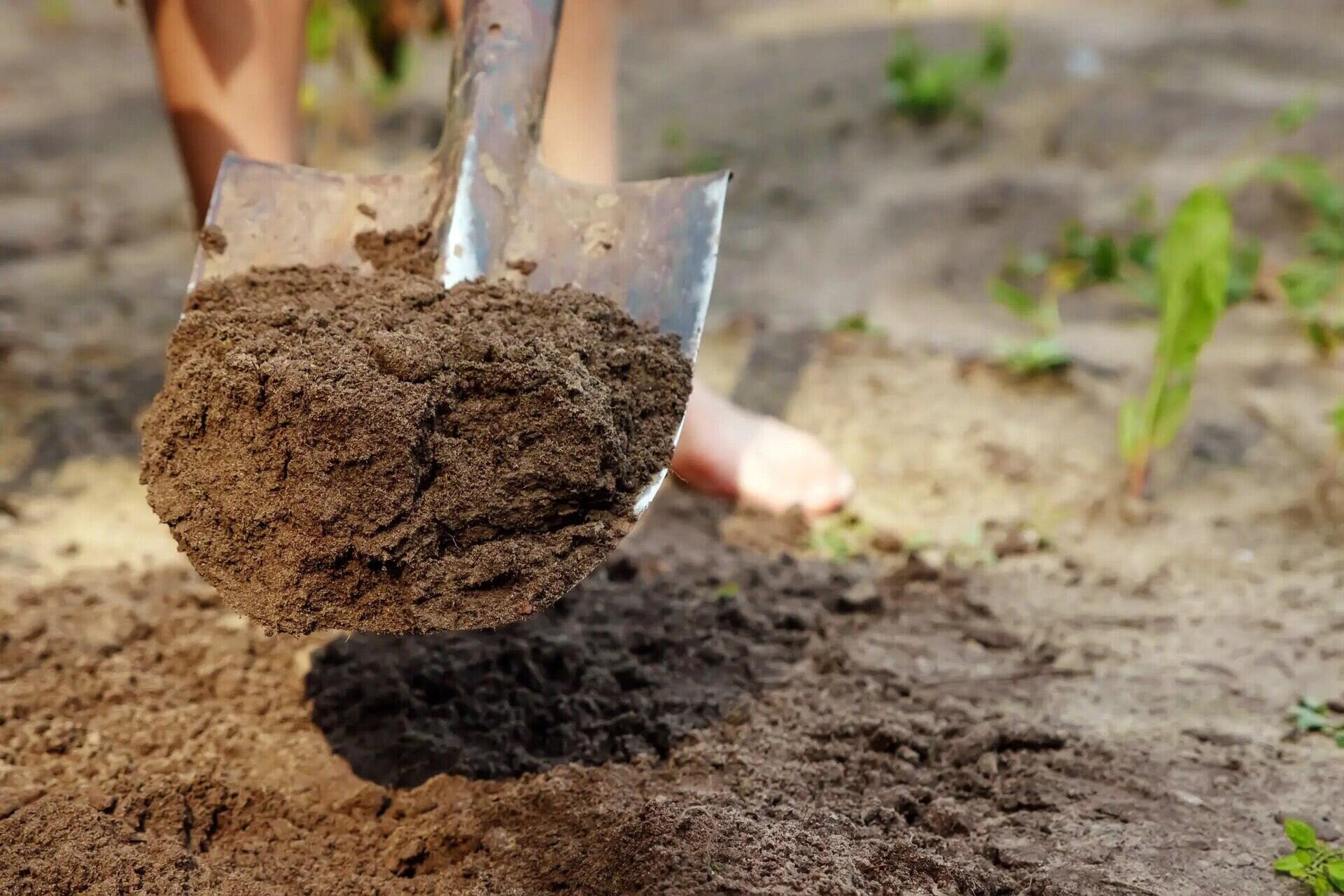
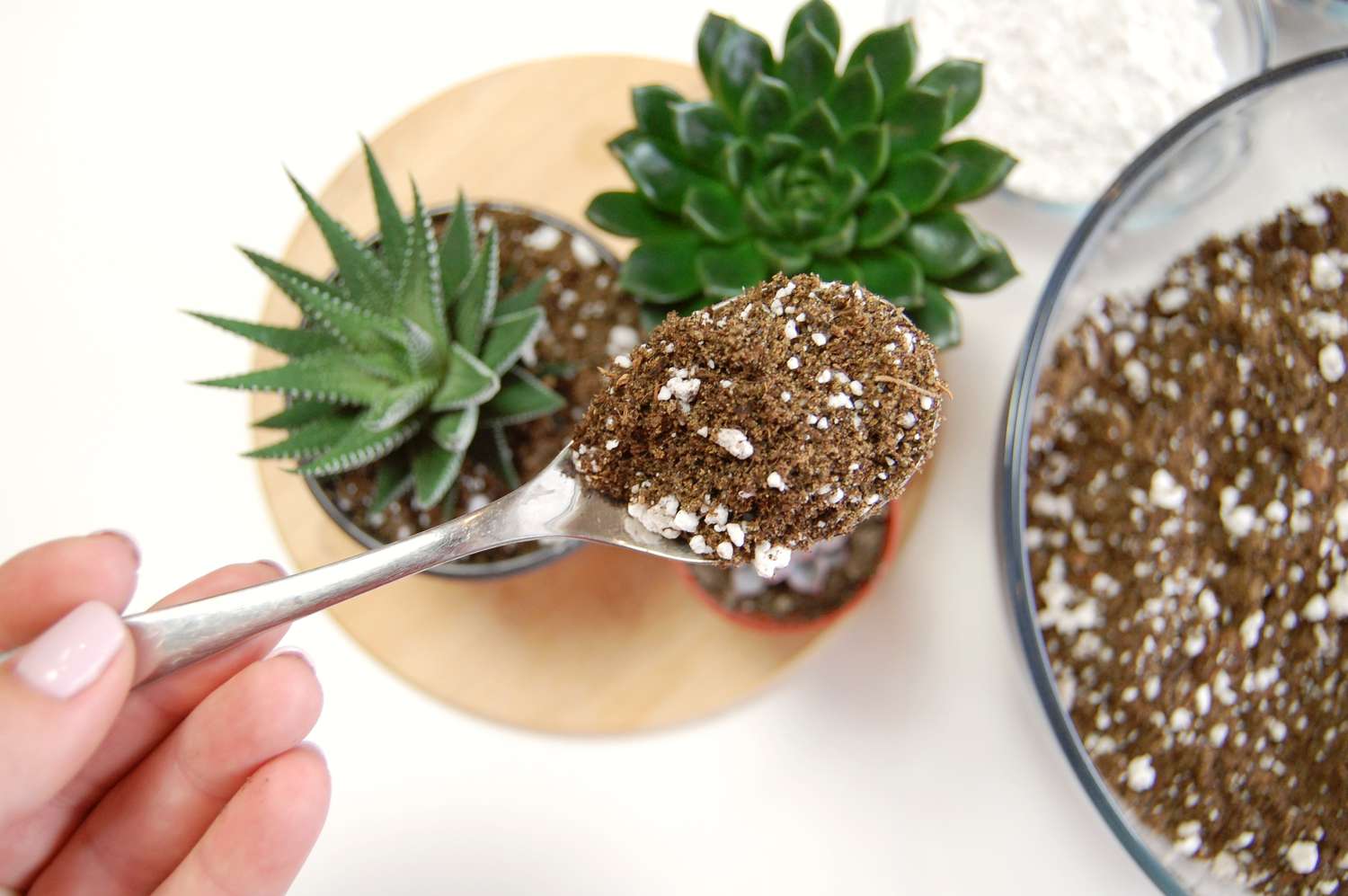
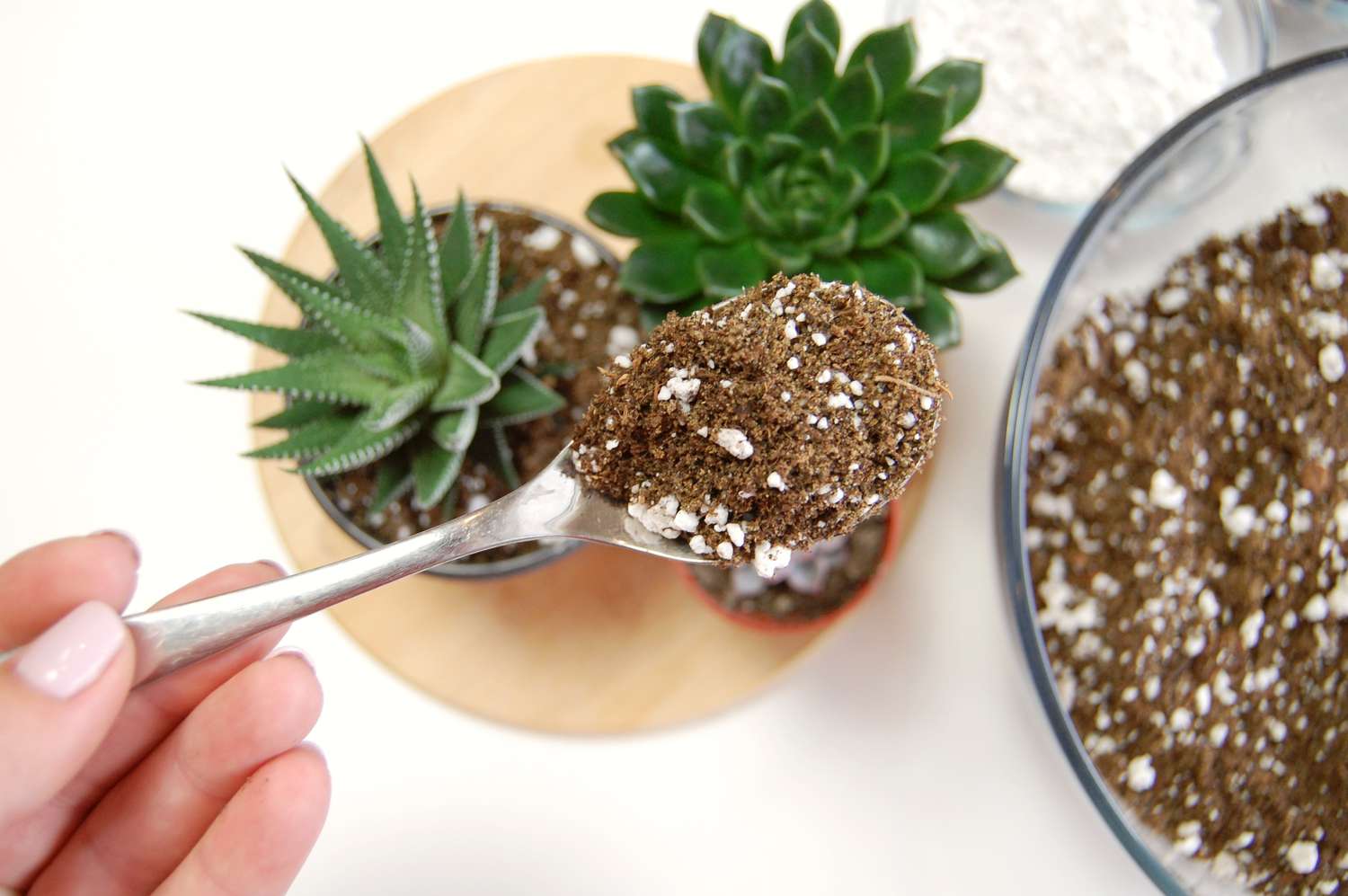
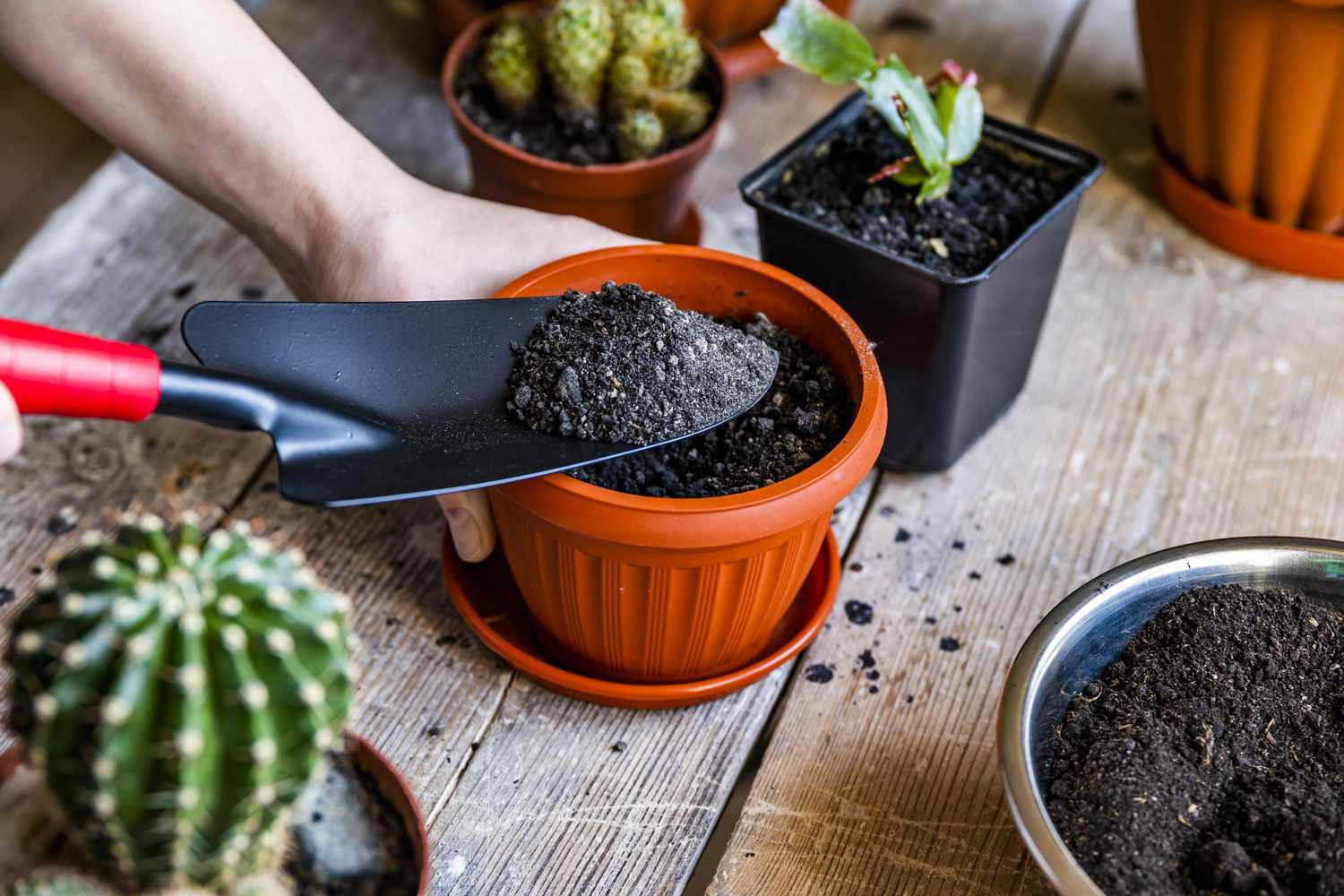
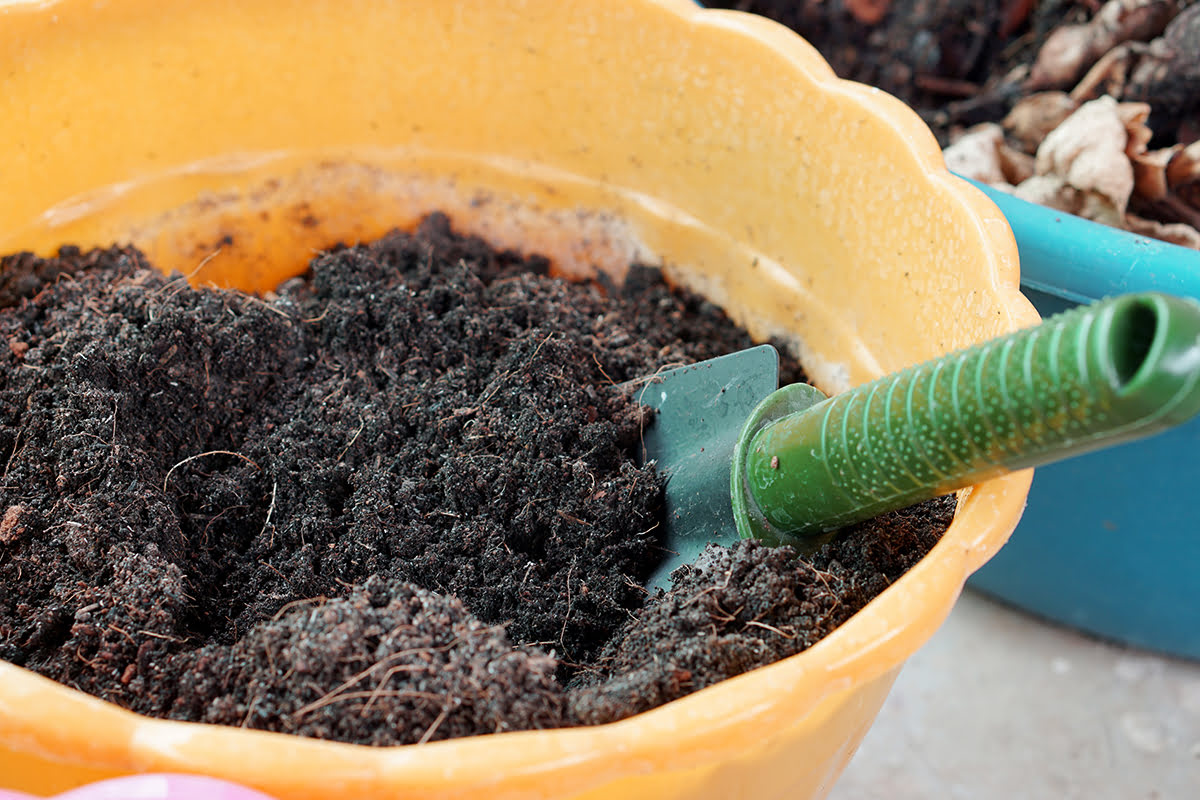
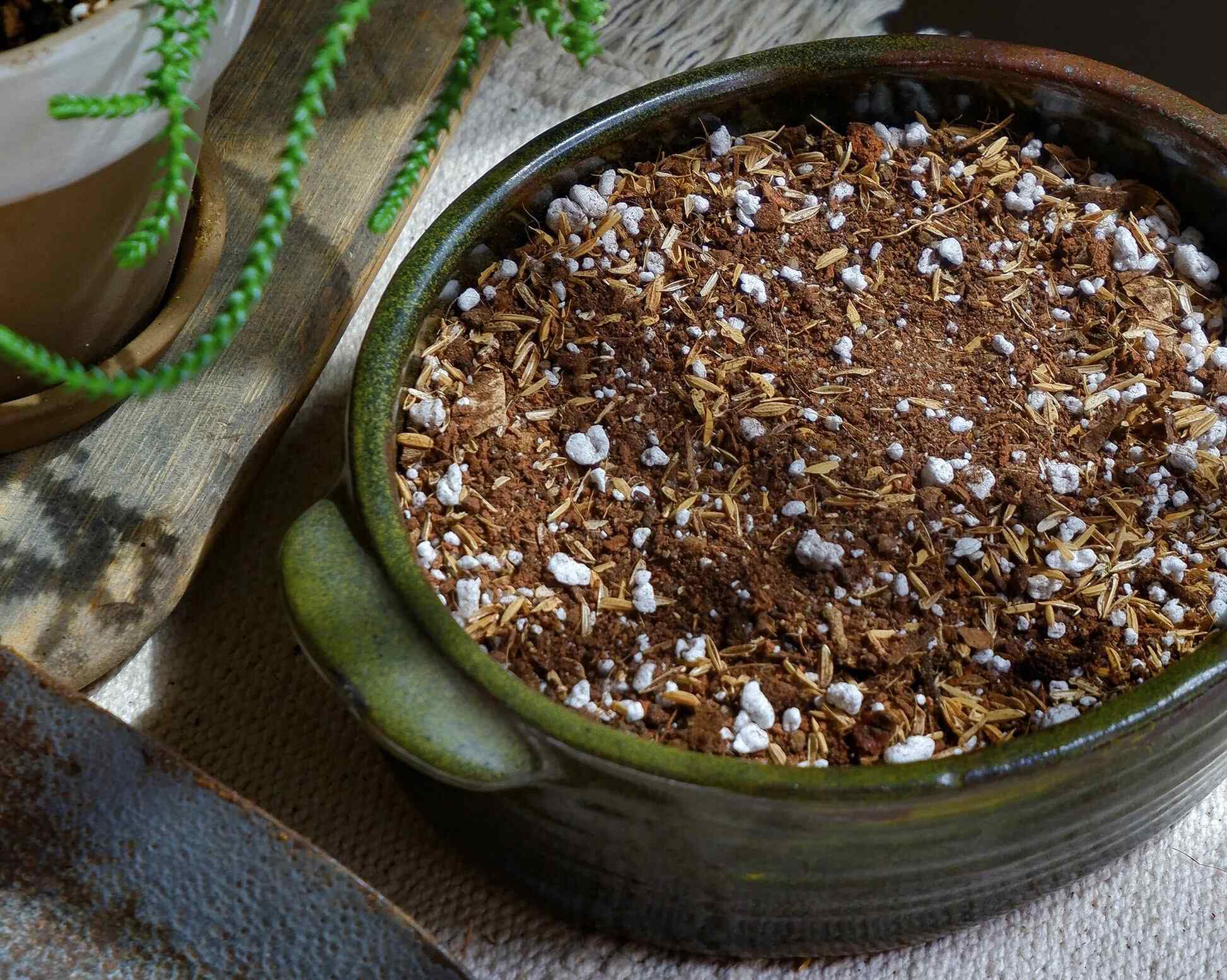
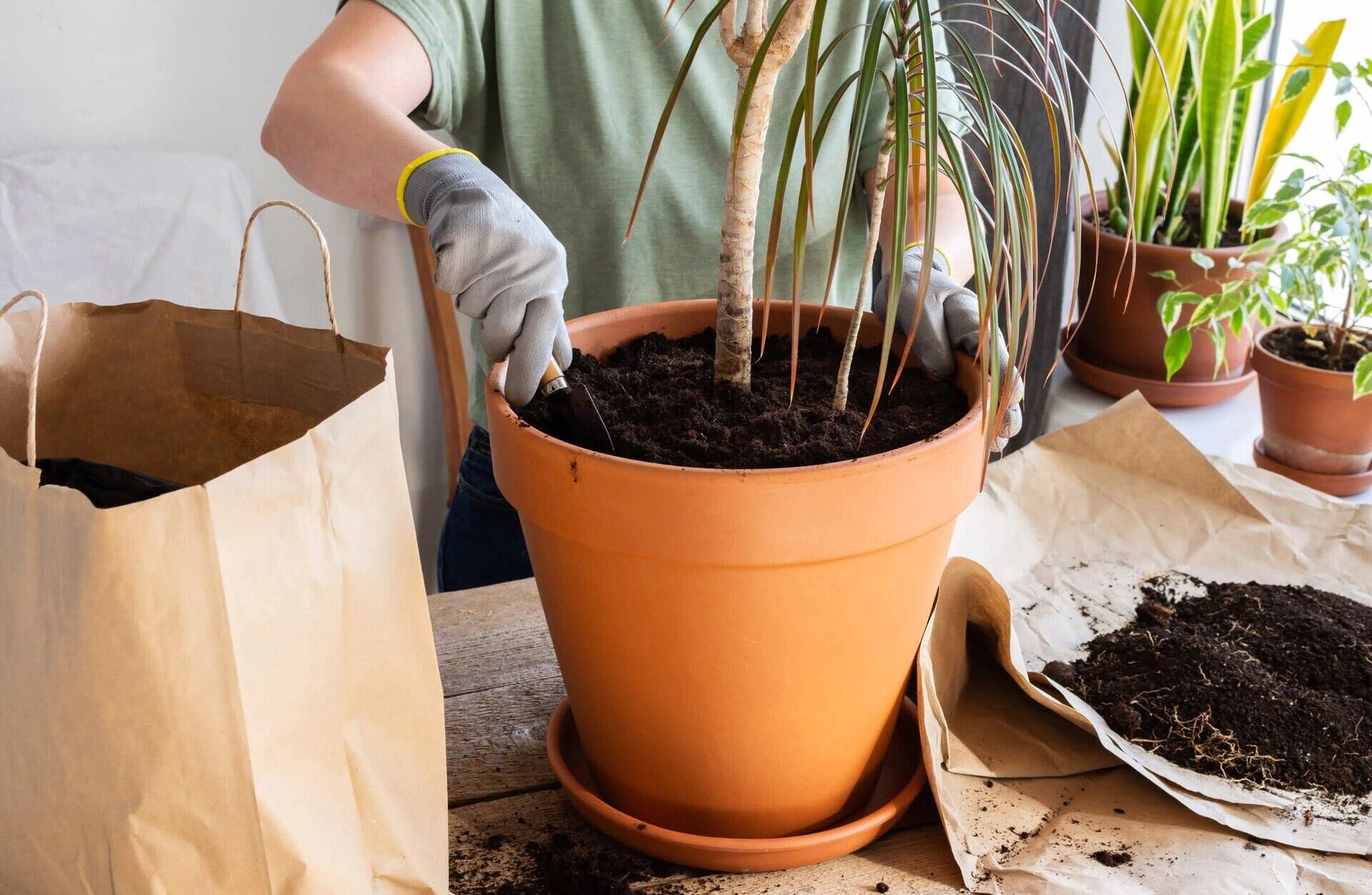
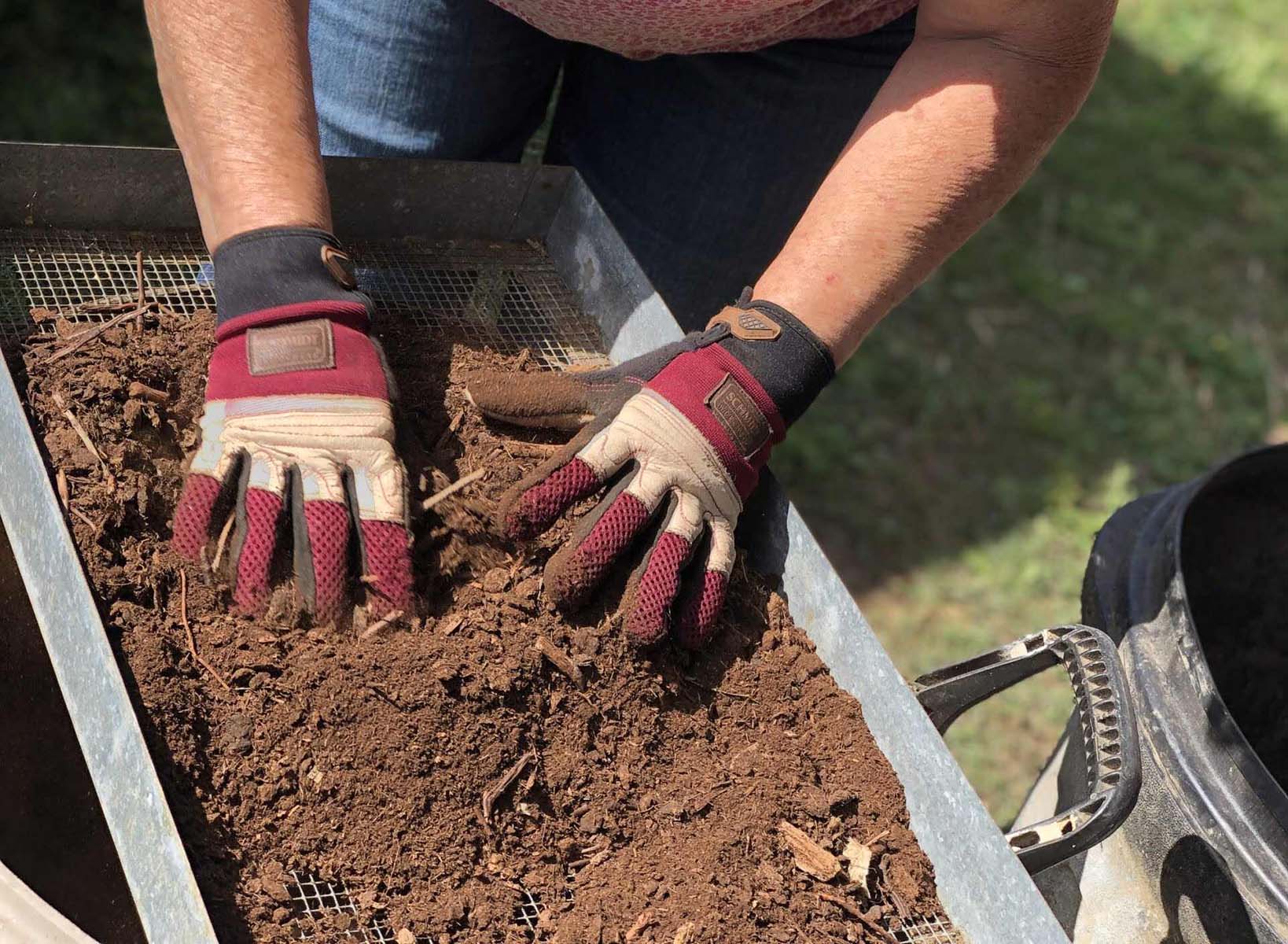
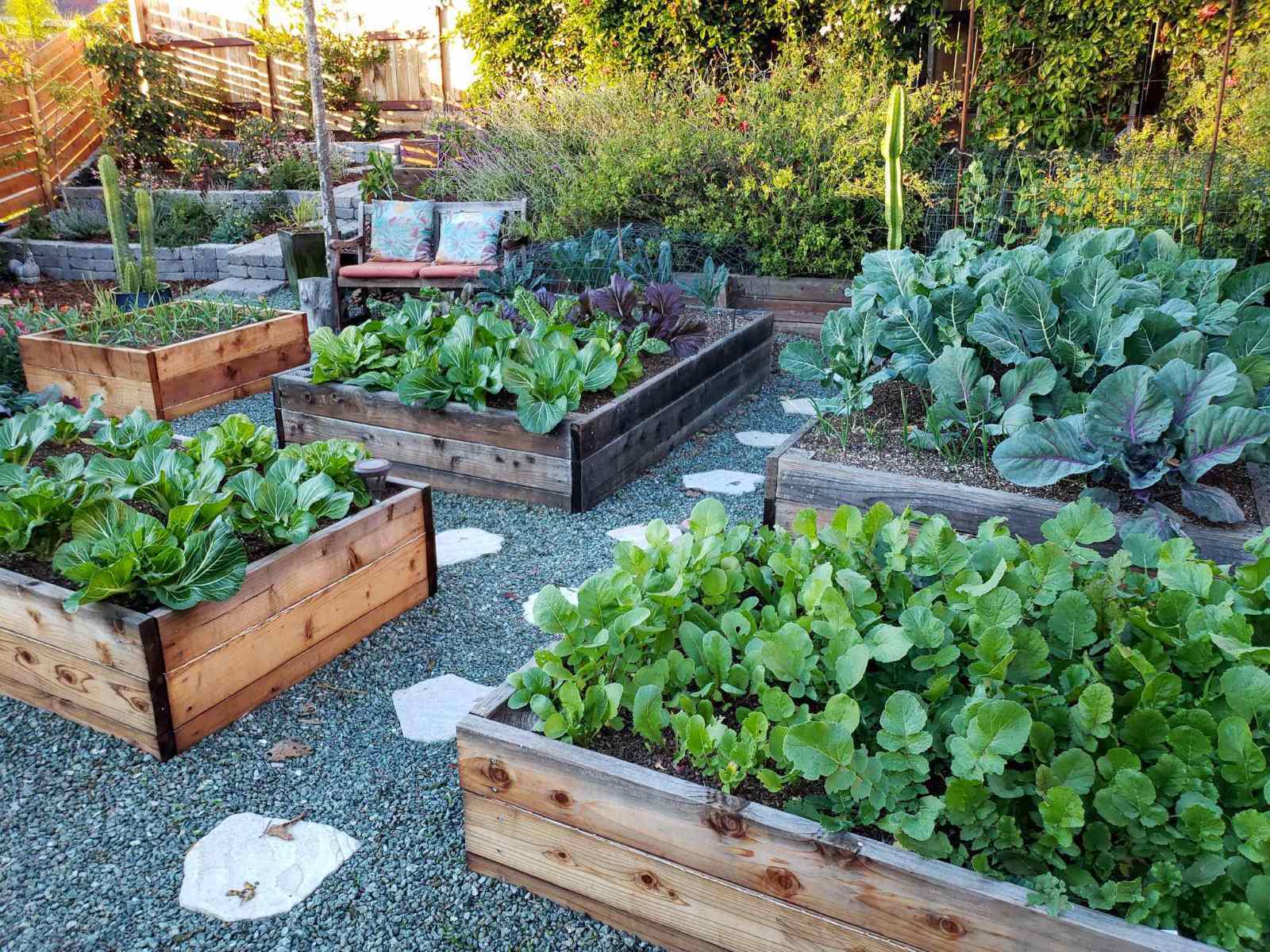
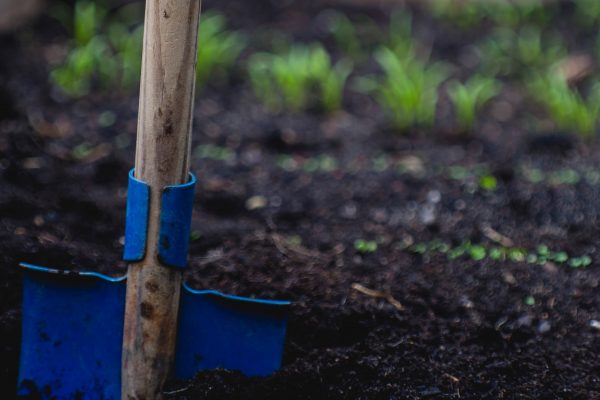
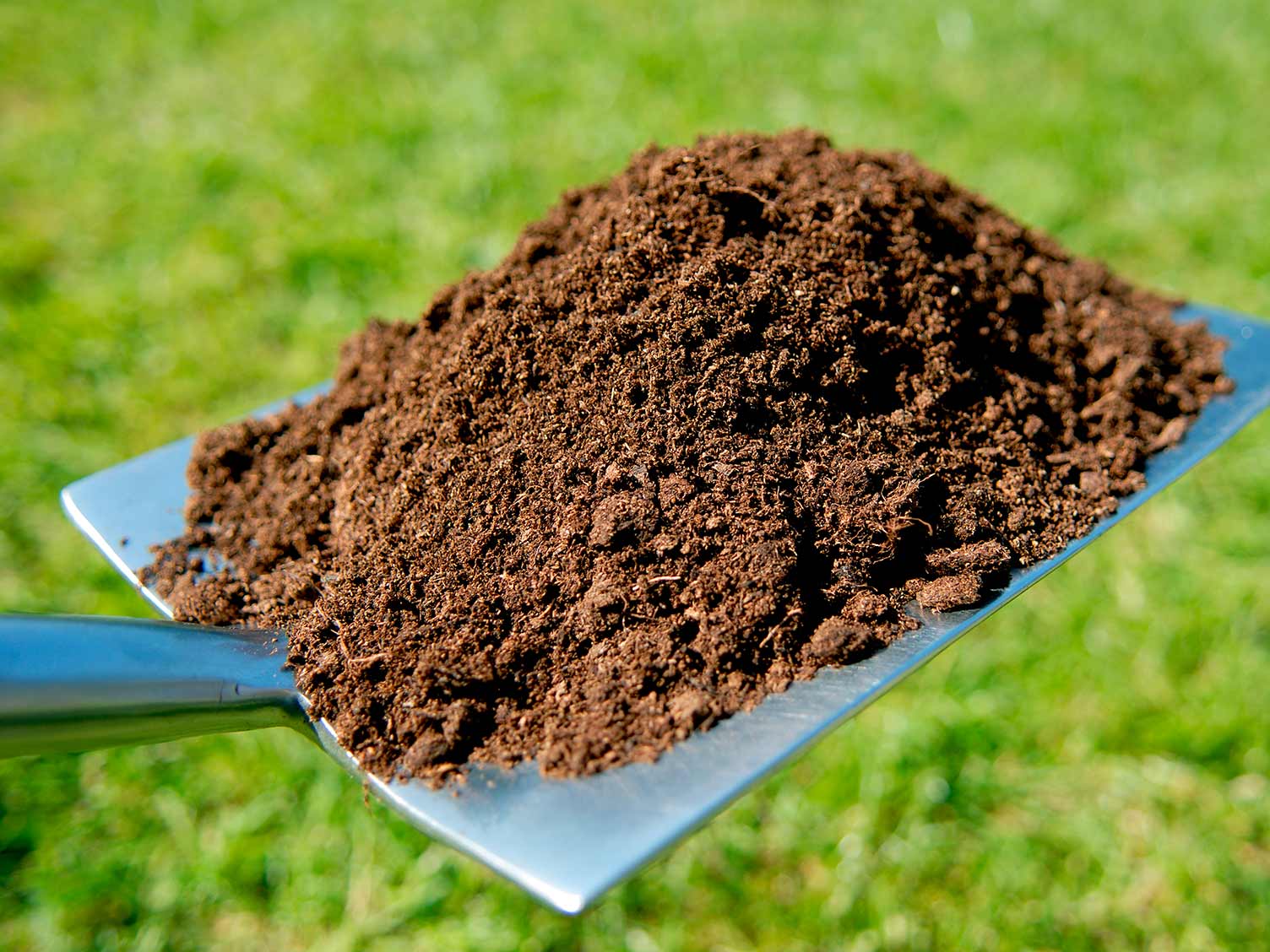
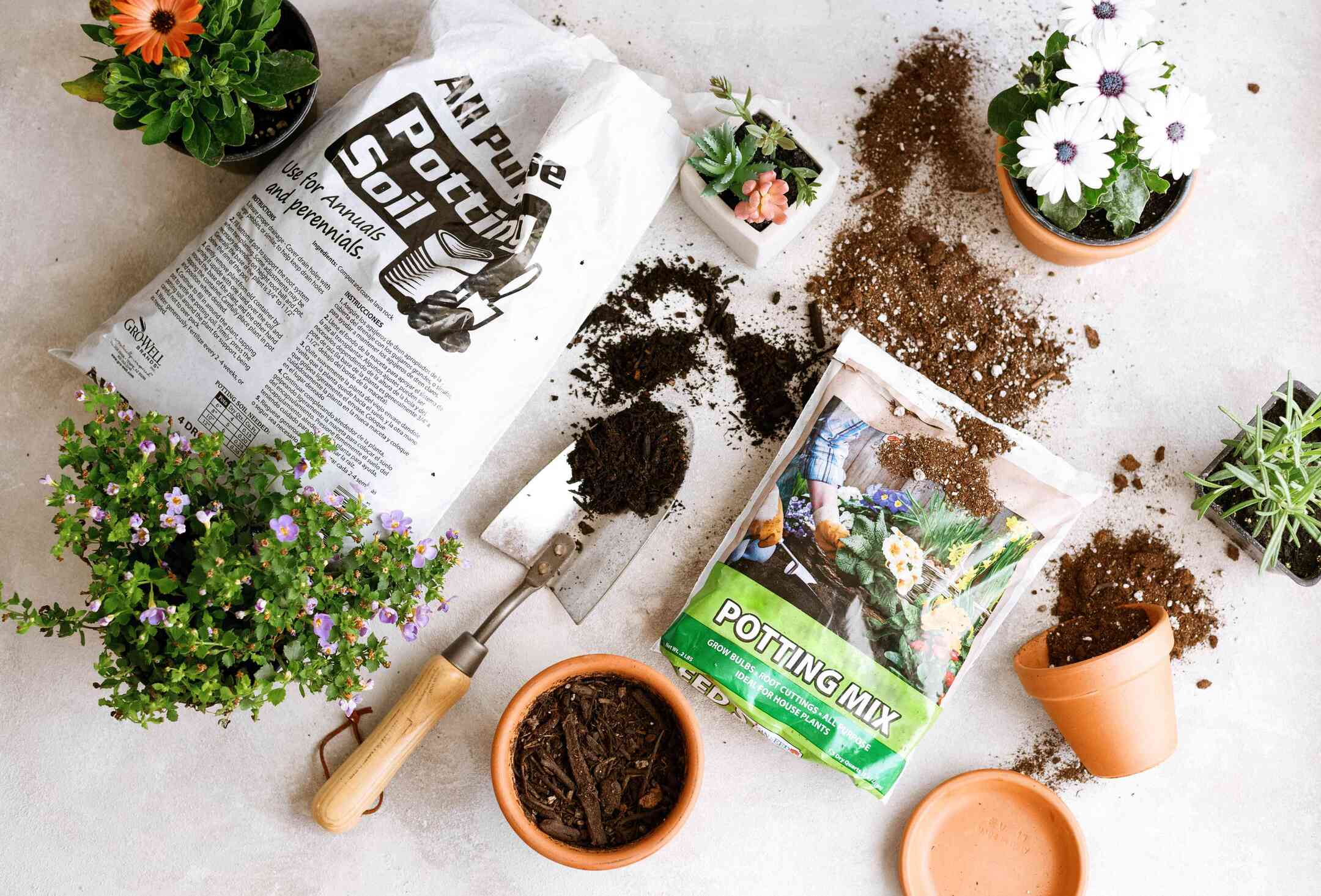

0 thoughts on “What Type Of Soil Mix To Use For Raised Beds”